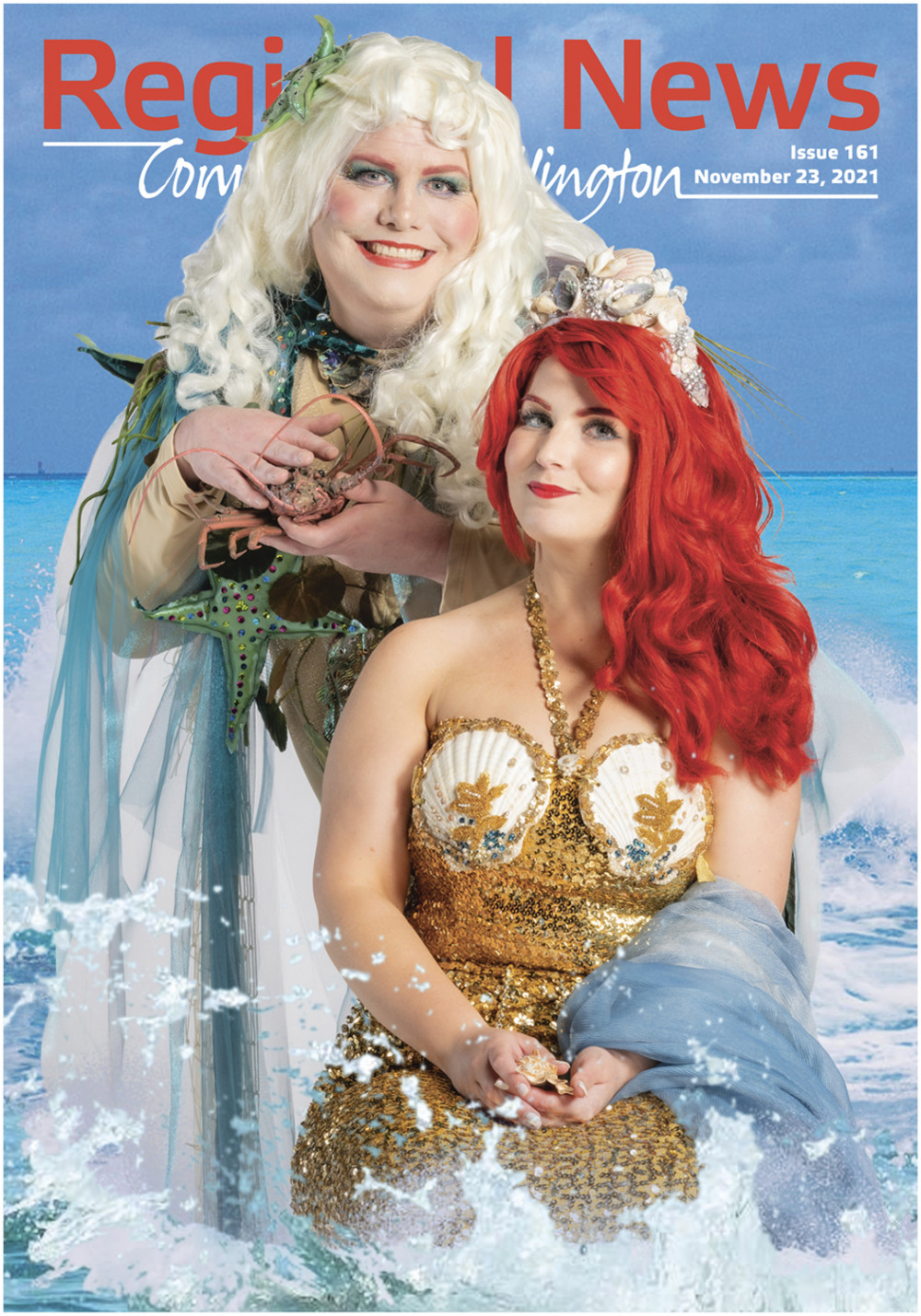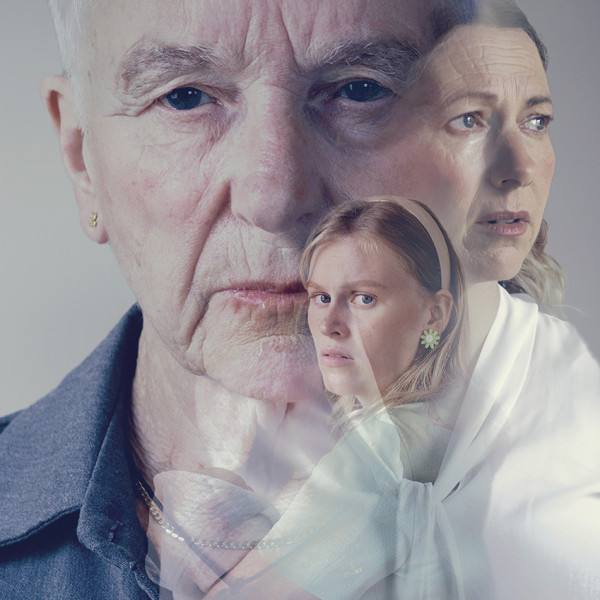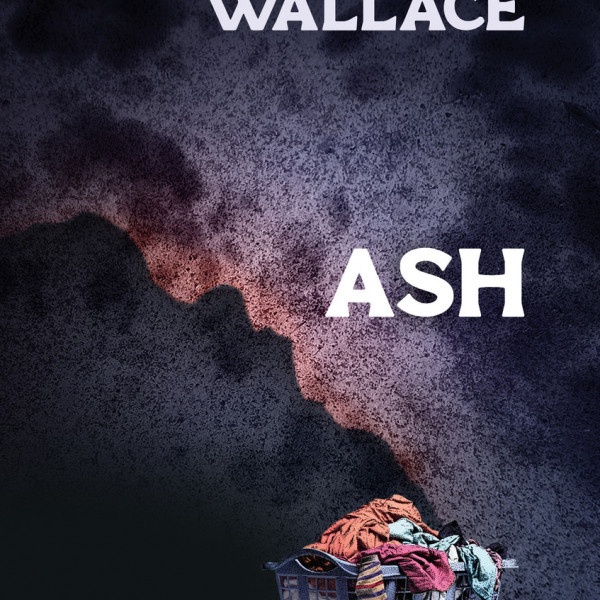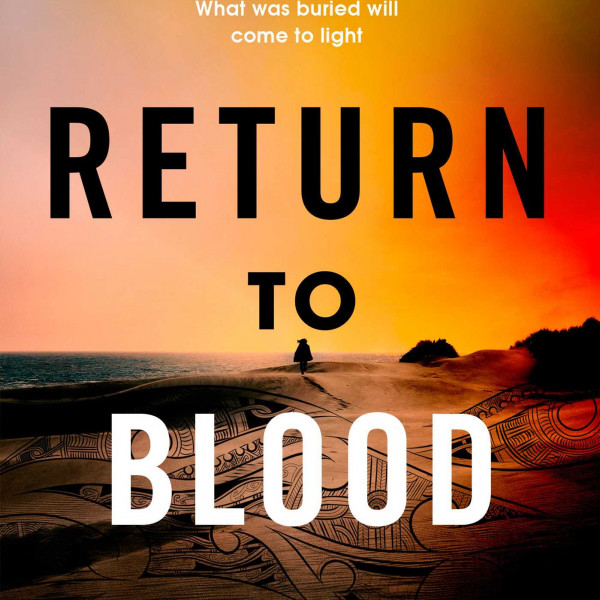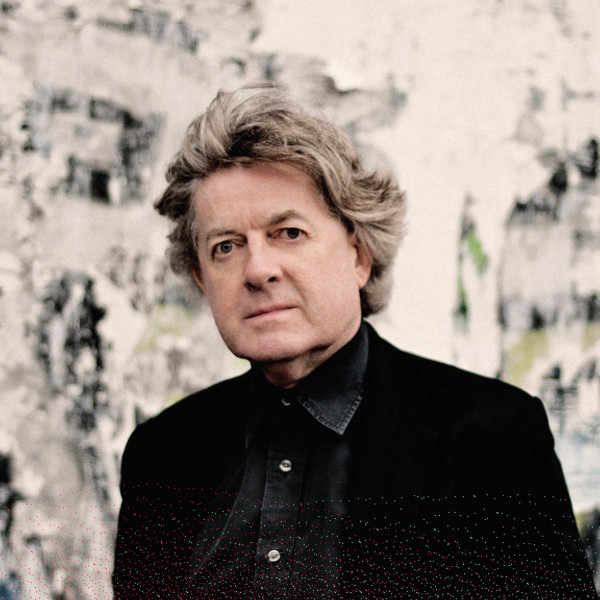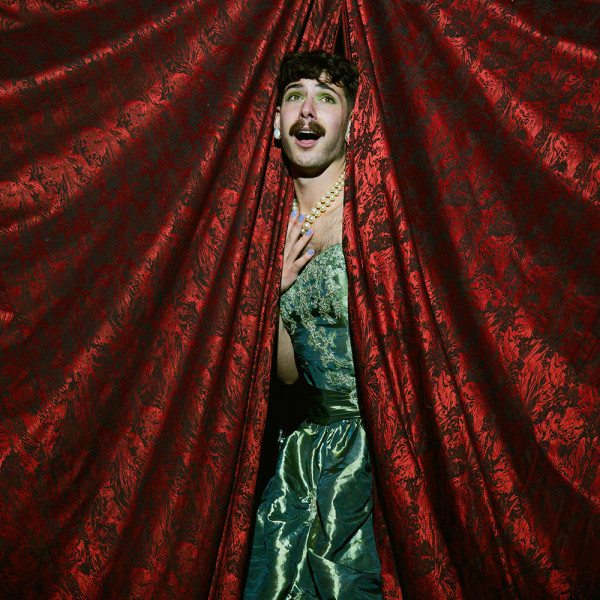
Oui, oui, c’est magnifique! Alexandre Dumas’ classic novel The Three Musketeers has been brought to life anew in this rambunctious and rollicking romp across the big screen. What’s more, the journey does not end when the credits roll on The Three Musketeers: D’Artagnan, because part two – The Three Musketeers: Milady – is also screening across the region as part of the 2024 French Film Festival.
In its first French cinematic treatment in over 30 years, The Three Musketeers: D’Artagnan rivals the already impressive ranks of film renditions. Set in the early 1600s, the battle begins with increasing tension between the ruling Catholics – helmed by King Louis XIII (Louis Garrel) and the power-hungry Cardinal de Richelieu (Eric Ruf) – and the rebellious Protestants. The spirited young swordsman Charles D’Artagnan (François Civil) dreams of joining the king’s elite swordsmen known as the Musketeers. Narrowly escaping death on multiple occasions but plunging headfirst into a deep-seated scheme and the fangs of Milady de Winter (Eva Green), D’Artagnan befriends three of the most formidable Musketeers: Athos (Vincent Cassel), Porthos (Pio Marmaï), and Aramis (Romain Duris). Soon he will find himself at the heart of a royal conspiracy upon which hinges the fate of the entire kingdom.
It’s no wonder this was France’s highest-grossing film of 2023. The script? Génial. The sets? Magnifique. The costumes? Trés chic. The performances? Éclatant! Director Martin Bourboulon’s extravagant €70 million production cuts no corners when it comes to depicting lavish courts or swashbuckling battles, but at the same time does not compromise on either subtleties in dialogue or nuances in performances. In fact, the film strikes the perfect balance between the robust ebullience of a Hollywood blockbuster and the delicate subtlety of a French arthouse picture.
The Three Musketeers: D’Artagnan advances first with intrigue, parrying with romance and using humour as a feint, before delivering a final blow through unrestrained and exceptionally choreographed action. Dumas’ sharp text slices through The Three Musketeers: D’Artagnan, with contemporary touches slashing across the screen to formulate a perfectly coordinated attack au fer. Strike while you can, and allez to The Three Musketeers: D’Artagnan!



